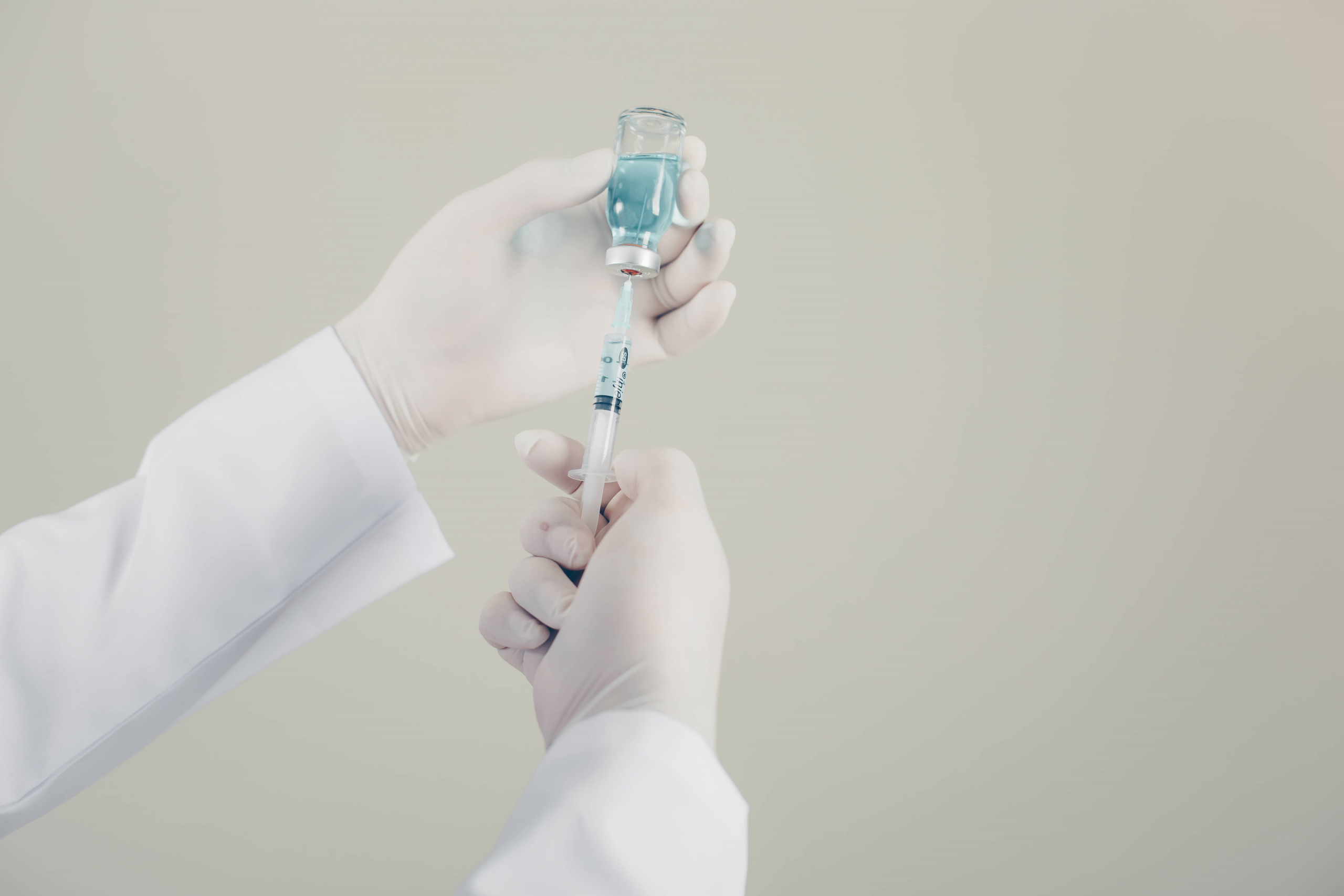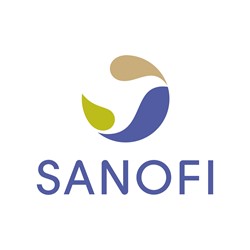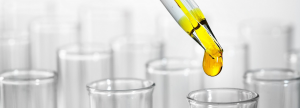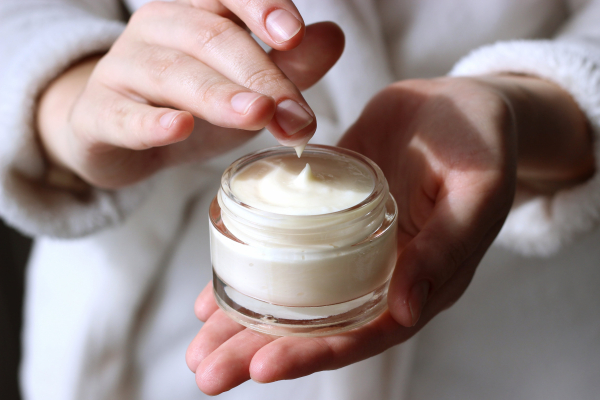The Sanofi Pasteur pharmaceutical laboratory contacted experts from Capacités to develop an accurate method for measuring polysaccharide concentrations in one of its vaccines. Classic analytical methods were ineffective for this molecule, so experts from Capacités and CEISAM decided to rely a 2D NMR method classically used to elucidate molecular structures, but whose quantitative potential remained unexplored. The measurements quickly revealed unexpected behavior in the polysaccharide studied; the results of the 2D NMR analysis were not linear.
The experts were able to determine that this variation in results was not due to the molecule’s concentration but to its specific behavior in a solution.
They optimized the analytical method’s parameters following this observation, which led to a tailored analytical workflow that was adapted to Sanofi Pasteur’s specific needs. At the outcome of this project, Sanofi Pasteur, the CEISAM laboratory, and Capacités co-published a scientific article.
To complete this project, the Capacités’ experts benefited from support and technical equipment from the CEISAM (Chemistry and Interdisciplinarity, Synthesis, Analysis, Modelling), joint research unit of Nantes Université and the CNRS.





